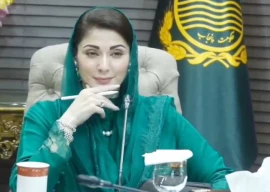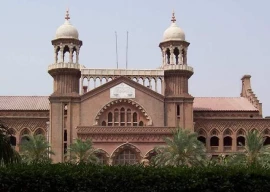
Every time the country has been gripped by an energy crisis, it has occurred after a period of economic prosperity, which means that the concerned authorities have failed to balance the demand and supply gap, which transpired due to the huge industrial growth in the 1960s, late 80s and at the start of this century.
A report on Punjab’s energy sector released by the Centre for Public Policy and Governance at the Forman Christian College Lahore said the situation started getting complex since the unbundling of Water and Power Development Authority (Wapda), leading to a breakdown in governance as enough concentration has not been paid on evolving a mechanism among various independent entities.
The report used Punjab as a case, after the 18th Amendment and since it makes the largest contribution to GDP and consumes the biggest chunk of national energy, 68%, whereas its share in production was only 21%, as of 2012, the report said.
In Punjab’s consumption of oil, natural gas and electricity (energy mix), the share of oil is 28%, share of gas is 63% and share of electricity is 9%. This means Punjab uses gas most intensively as compared to oil and electricity.
The report suggested that Punjab should work in harmony with other provinces to fulfill its energy requirement, adding that the immediate focus should be on harnessing solar and wind potential.
Published in The Express Tribune, May 31st, 2014.
Like Business on Facebook, follow @TribuneBiz on Twitter to stay informed and join in the conversation.








1732012115-0/Untitled-design-(14)1732012115-0-270x192.webp)








COMMENTS
Comments are moderated and generally will be posted if they are on-topic and not abusive.
For more information, please see our Comments FAQ